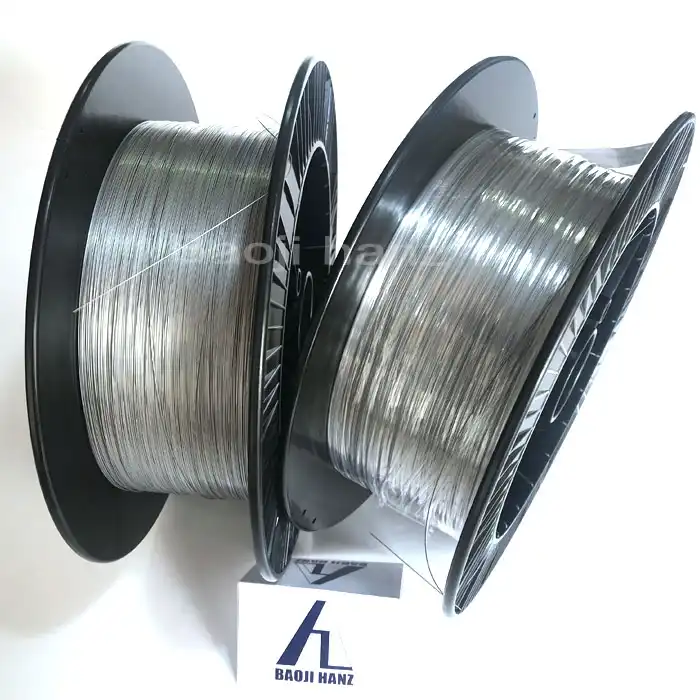How to make nitinol wire?
2024-06-21 17:49:29
Nitinol wire has gained significant attention in various fields due to its unique properties and diverse applications. This blog delves into the intricacies of nitinol wire, covering its manufacturing process, popular uses in medical devices, automotive industry, and beyond, as well as addressing common questions associated with this versatile material.

What is Nitinol Wire Made of?
Nitinol wire, a nickel-titanium alloy, is primarily composed of nearly equal atomic percentages of nickel and titanium. Known for its shape memory and superelasticity, nitinol exhibits unique properties that make it ideal for a wide range of applications.
How is Nitinol Wire Manufactured?
The manufacturing process of nitinol wire involves several critical steps to achieve its desired shape memory and superelastic characteristics. Beginning with the precise mixing of nickel and titanium in controlled environments, the alloy undergoes a series of heating and cooling processes to attain its unique crystalline structure. This phase transformation is crucial for the wire to 'remember' and return to its original shape after deformation.
What are the Medical Applications of Nitinol Wire?
Nitinol wire finds extensive use in the medical field, particularly in minimally invasive surgical procedures and medical devices. Its superelasticity allows nitinol stents to expand and contract with bodily movements, making them suitable for cardiovascular applications such as stent placement in narrowed arteries. Moreover, its biocompatibility and durability make it a preferred material in orthodontic wires and various implantable devices.
How Does Nitinol Wire Benefit the Automotive Industry?
Beyond medical applications, nitinol wire plays a significant role in the automotive sector. It is utilized in actuators for precise control systems, where its shape memory properties enable efficient energy conversion and durability. Additionally, its lightweight nature contributes to fuel efficiency and overall vehicle performance.
What Challenges Exist in Nitinol Wire Production?
Despite its advantages, the production of nitinol wire presents challenges, particularly in achieving precise shape memory characteristics and maintaining consistent quality throughout manufacturing. Controlling the phase transformation temperatures and ensuring uniform alloy composition are critical factors that manufacturers continually refine to meet stringent industry standards.
How Sustainable is Nitinol Wire Production?
Considering the environmental impact, nitinol wire production involves energy-intensive processes, primarily due to the high temperatures required for phase transformation. However, efforts are underway to optimize manufacturing techniques and explore recycling options for used nitinol components, aligning with global sustainability initiatives.
Conclusion
In conclusion, nitinol wire stands as a remarkable example of materials science innovation, offering unparalleled properties that cater to diverse industrial and medical applications. From its intricate manufacturing process to its pivotal roles in healthcare and automotive technologies, nitinol continues to redefine possibilities in modern engineering. As research advances and applications expand, the future holds promising developments for this resilient alloy.
References
- "Nitinol: A Miracle Metal" - ASM International
- "Shape Memory Alloys: Fundamentals, Modelling and Applications" - I. Razzaq et al., Springer
- "Nitinol Medical Devices: Pathology and Testing" - M. R. Norton, CRC Press